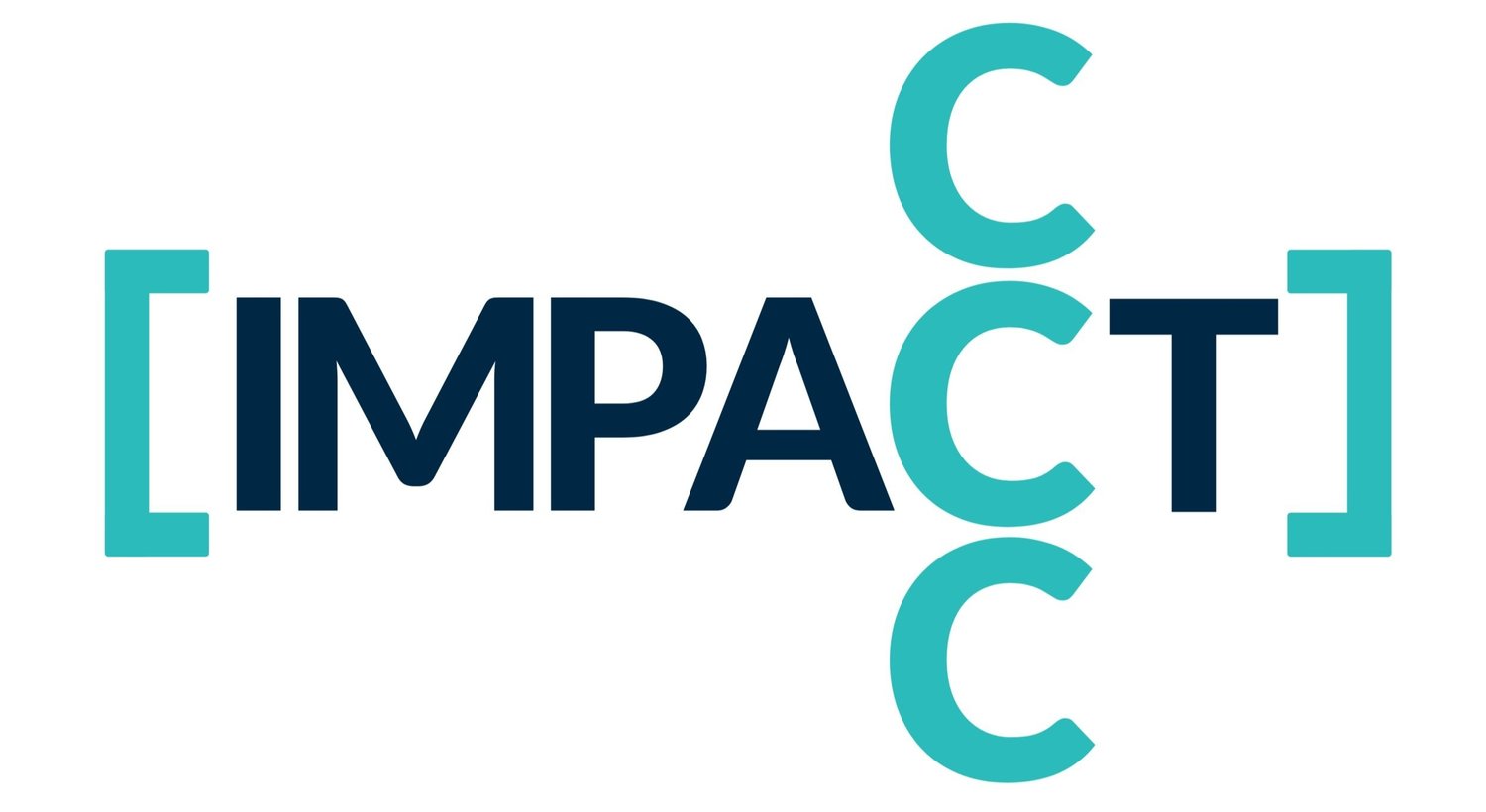How to: LinkedIn for Career Change
One that is commonly overlooked during a career pivot is the power of online profiles. Since 70% of employers look at social media when hiring candidates, there must be consistency and a straightforward messaging on your profiles as they are on your resume.
So, how does it work when you're changing careers? How can you highlight your valuable skills, experiences, and make sure it's relevant to your new target career?
When I work with high profile professionals who are looking to highlight their expertise and open up more opportunities, my advice is simple: You need to have a solid foundation before marketing anything.
This means that no matter how fancy your profiles look if you don't have a clear brand behind it, the chances of reaching a bigger, more targeted audience, is low.
You can optimize your profile on platforms such as LinkedIn where recruiters and other professionals alike can see it. I've compiled a few points to remember:
Clarity
Once you have clarity on what your target career path is, your new LinkedIn profile should include keywords either with the position you seek, a simplified version of what you do, and/or the industry you wish to enter.
I call this section your Personal Brand Statement. Here is a guide I wrote about making your Personal Brand Statement that you can use across your profiles both online and offline:
How do you write a personal brand statement?
Go back to your notes from clarifying your niche and review your career skills, achievements, attributes, and characteristics and pick the ones that you feel truly describe you and you feel comfortable with if others would associate those words with you. These will form your unique selling points or USPs.
From those keywords and achievements, you should be able to come up with 1-2 sentences that will form your brand statement, covering insights into these three questions:
What value you provide (what problem do you solve) - You can write details about the service or value you bring, creatively, to grab attention. eg., Marketing Head to "Experienced marketer, creatively connecting products to people"
How you do it uniquely (your USPs) - rather than listing the tools and techniques you use, describe your approach, eg. "At the forefront of creating relevant campaigns that make lasting impressions, and build genuine connections between brands, products, and people."
Whom you do it for (your target audience) - this might be your preferred industry (eg FinTech), a certain type of people (no BS CEOs and executives) or a particular group with shared interests (time-poor working mums)
Put these together to form your headline and summary for LinkedIn. This will help people who are looking into your profile know right away what you do, what value you bring, and who your market is. You can even inject some fun into your headline to grab attention.
Consistency and continuity
Fact: LinkedIn rewards those who are active!
Why? Because hardly any users do publish content. Only about 1% of all users are regularly publishing content on LinkedIn.
This is a massive opportunity for professionals like you who are in the game of making a difference in both your career and the industry you want to make an impact on. It's a chance to showcase your expertise, be known for it, and connect with like-minded professionals, especially during a career change when you will need all of these the most.
Bring together what it was that you did, what skills you've learned that are transferable, and what experiences you gained that gives you a fresh perspective, and use that to create content that is truly unique.
There is a small price to pay: To remain consistent and have continuity. You need to invest in putting in the work to establish your presence and value.
Not bad, for LinkedIn opens up a ton of opportunities not only in the form of jobs, but also events, speakership, and learning.
Community
The real secret ingredient that ties everything together is Community, which simply means, what is it that you can provide for your new professional community?
Here are some ways you can create value:
Create high-quality content for your audience
Start engaging and thought-provoking conversations
Document your work and share tips
Connect with other professionals and offer for your help the next time they might need it
Connect people by starting groups and events
Engage with other's content
Seek other's help when you need it
If you are ready to make a career change, have clarity on your next steps and to open more opportunities, send us a message. We've helped hundreds of professionals who were in the same shoes as you, and through our coaching programs, were able to create a career on their terms. Join them and become a success story yourself.




